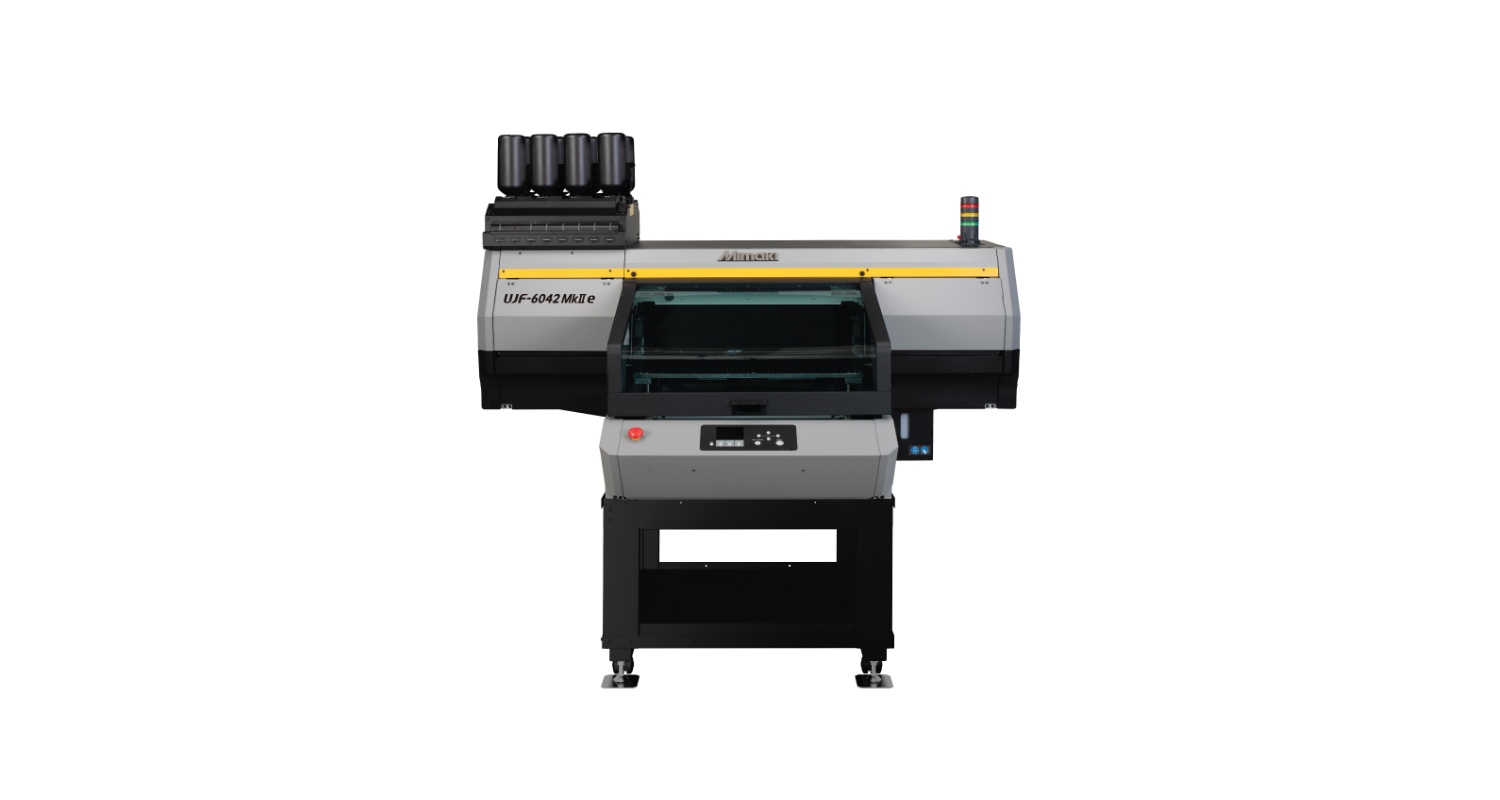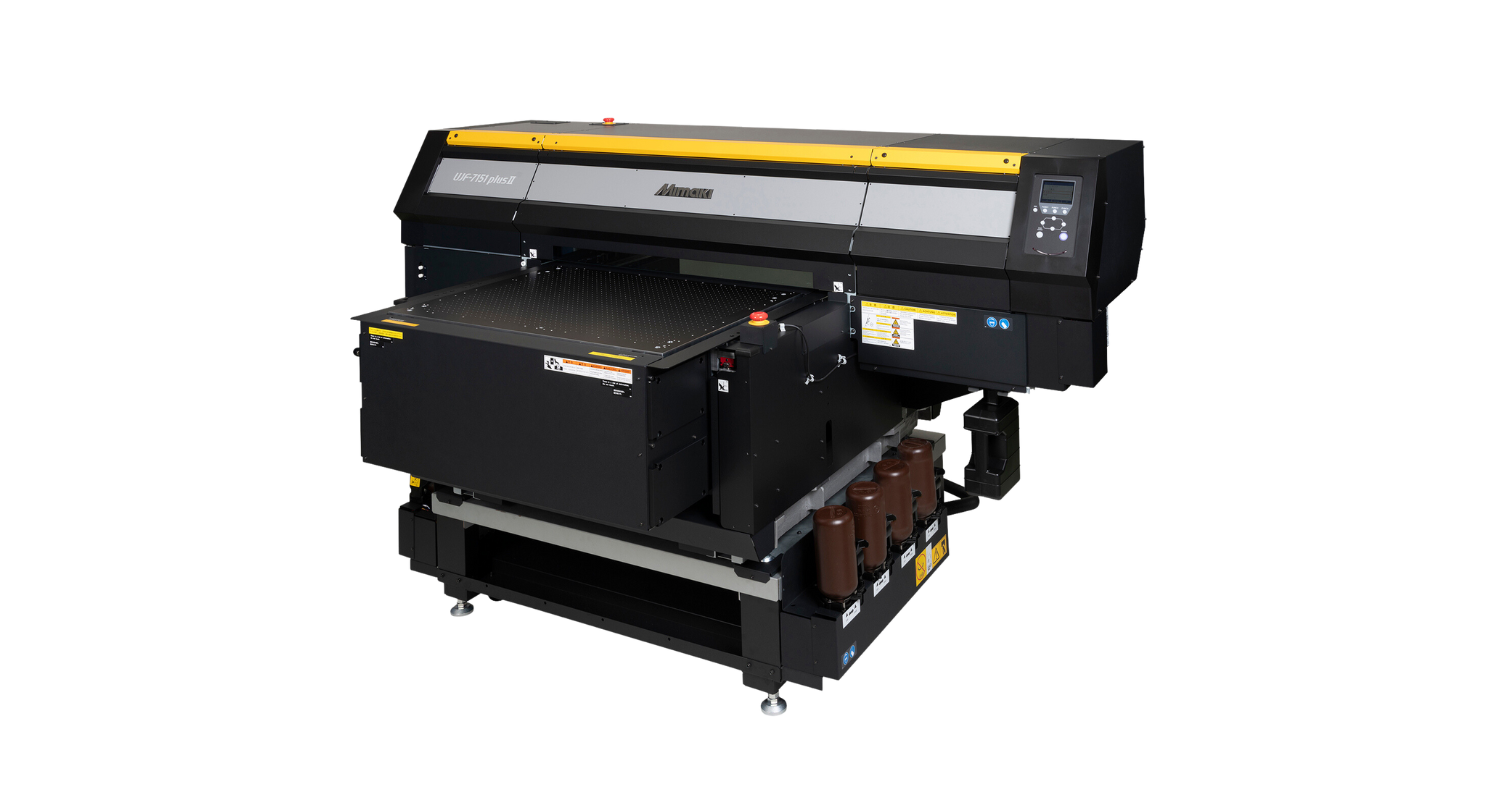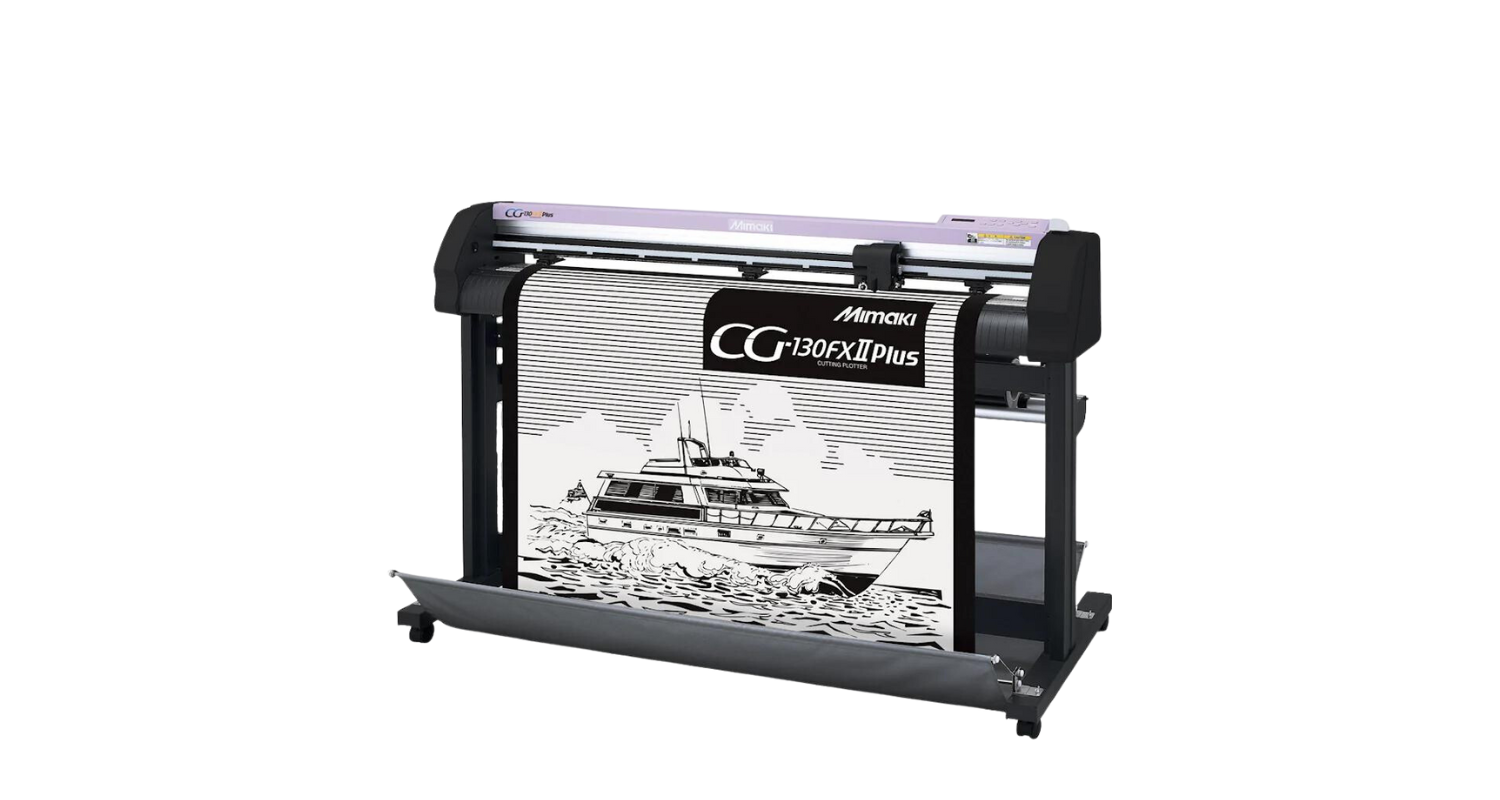Cost-saving Consumables Tips
Lightweight sublimation papers, such as the ones produced by Coldenhove, Cham, Beaver and Kaspar Papir, are sought after by printers, primarily because they cost less.
However, as release coating technology used with these light-weight papers improves, there is also a saving to be made on ink use as more ink is released during the sublimation process, so less ink is actually required during printing.
Before looking at light-weight papers for your business, it’s important to consider some of the challenges that can arise and whether your current hardware is compatible:
- Cockling – Sublimation paper has a saturation point where, despite having a coating, cannot accept any more ink, which results in cockling. This can be problematic as the cockling will cause the paper to raise up increasing the risk of head-strikes.
- Density – Achieving the required density levels can be challenging as the paper will accept less ink than heavier weight papers.
- Drying – Faster printing speeds can present drying issues due to the volume of ink being put onto the paper.
- Feed/take-up – Not all printers are able to handle lower-weight papers.
But fear not as the Mimaki TS300P-1800 has a number of features that make it suited to lightweight paper use. It has a powerful platen vacuum that keeps paper flat during printing which reduces the risk of cockling. In addition, there is a high head gap on the TS300P that gives a bigger gap between the head and the paper, reducing the risk of head-crash. It’s efficient drying capability enables high-speed printing because the print is dry before it reaches the take-up and the TS300P has high density inks which work well with lightweight papers that are unable to accept as much ink as the heavier papers. All of these factors add up to an efficient and cost-effective piece of dye-sublimation hardware.




































